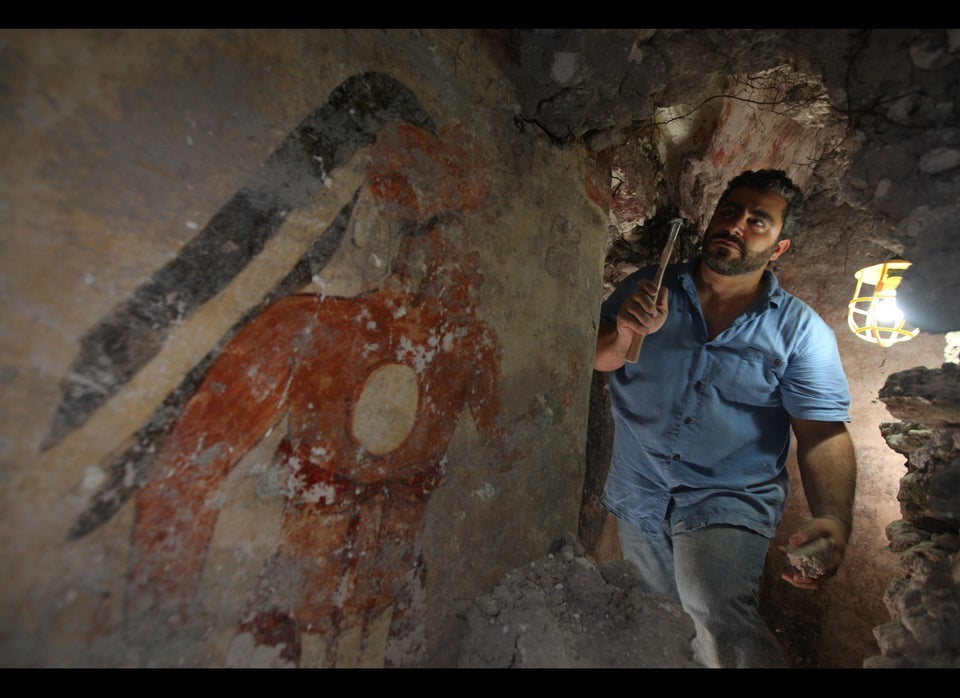
A pilot flying over the Nazca desert in Peru has discovered huge geoglyphs that are believed to be nearly 2,000 years old -- and may shed new light on the ancient Nazca people.
The "Nazca lines" were apparently exposed by recent sandstorms in the area and include a snakelike figure roughly 200 feet long, a huge zigzag line, and a giant bird.
Pilot and researcher Eduardo Herrán Gómez de la Torre, who made the discovery in late July, told the Peruvian newspaper El Comercio that the designs might have been created by the Paracas, a prehistoric culture that ruled southern Peru from around 800 B.C. to 100 B.C., predating the Nazca culture, which ruled the region from 100 B.C. to 800 A.D. The Paracas were known for their exquisite art and textiles.
While scholars contacted by El Comerico said they suspected the geoglyphs were created during the transition period between the Paracas and Nazca cultures, archaeologists still need to confirm the origin of the designs.
Nazca lines blanket about 280 square miles in the coastal plain region of Peru and were created between 500 B.C. and A.D. 500, according to the UNESCO website. Often depicting animals, plants, and geometrical designs, they are believed to have had "ritual astronomical functions." Yet Edward Ranney, a photographer whose forthcoming book, The Lines, centers upon the geoglyphs, suspects the designs may have served a different purpose.
"Though their purpose is not definitively known, [the designs] clearly served a ceremonial purpose, and were continually used and recreated over several centuries, perhaps to honor sacred mountains and sources of water," Ranney said in a recent interview with the art blog PetaPixel. "It was previously thought they were astronomically and calendrically aligned, which could be true in some cases, but now that idea is not widely accepted."
No matter what their function was, the lines continue to capture the imagination of archaeologists. As the UNESCO website puts it, "The Nazca lines and geoglyphs form a unique and magnificent artistic achievement that is unrivaled in its dimensions and diversity anywhere in the prehistoric world."
